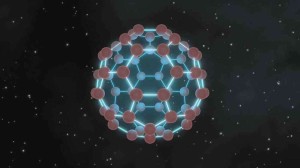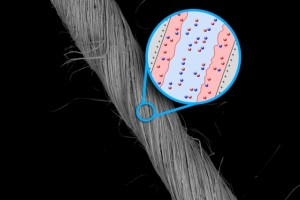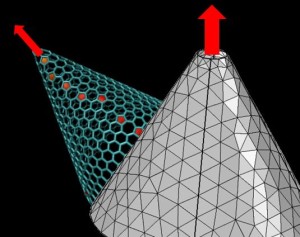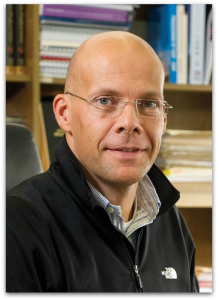A new breakthrough in biotechnology could have the potential to eradicate the Ebola virus infection. Through the construction of a supermolecule made up of 13 fullerenes, a new door has been opened in the world of antiviral agents.
A team from the Universidad Complutense de Madrid/IMDEA-Nanociencia (UCM) has designed a giant fullerene molecule, covered in carbohydrates. When the team tested the new supermolecule on an artificial Ebola virus model, the researchers saw a result that stops cell infection of Ebola.
The study was led by ECS member and UCM professor Nazario Martín.
“Fullerenes are hollow cages exclusively formed by carbon atoms,” says Martín.
This from UCM:
These molecules decorated with specific carbohydrates (sugars) present affinity by the receptor used as an entry point to infect the cell and act blocking it, thus inhibiting the infection. Researchers employed an artificial Ebola virus by expressing one of its proteins, envelope protein GP1, responsible of its entry in the cells. In a model in vitro, this protein is covering a false virus, which is able of cell infection but not of replication.





